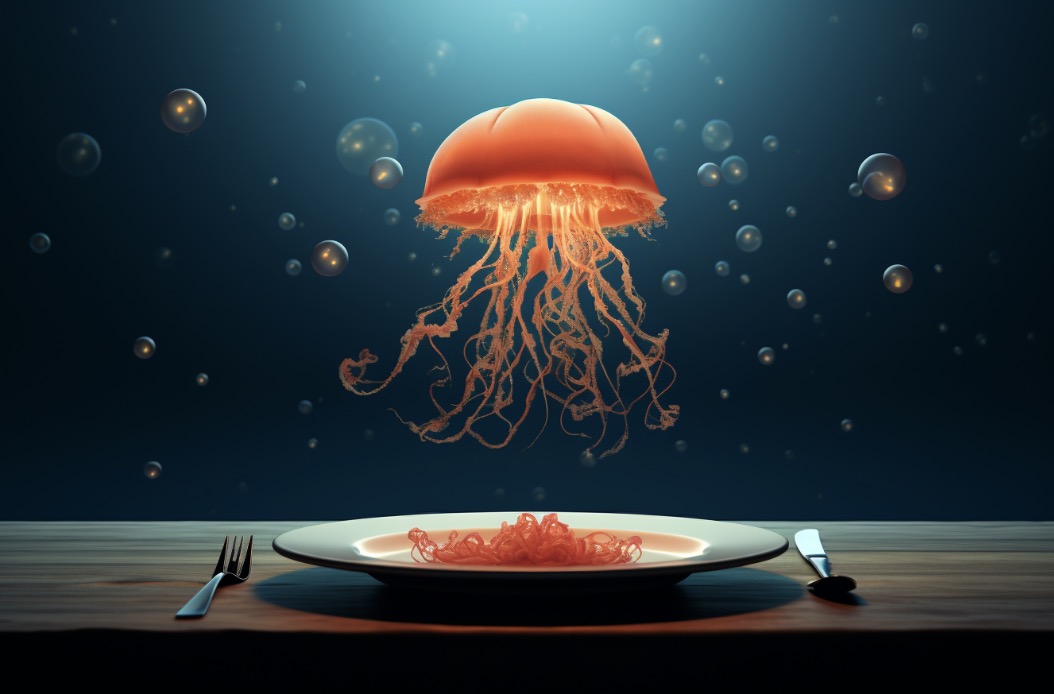Barnacles are animals that grown on solid surfaces in the sea. They may seem to stick around forever, but they actually have a relatively short life span!
Barnacles typically live between 5 to 10 years, depending on the species and environmental conditions. Factors such as water temperature, salinity, and availability of food can influence their lifespan. However, some barnacles may live longer or shorter lives depending on these factors and their specific habitat.
To better understand the lifespan of barnacles, it is essential to first know their life cycle.

The life cycle of barnacles can be divided into six main stages:
- Fertilization: Most barnacles reproduce through cross-fertilization, meaning that they mate with neighboring barnacles. While they are hermaphrodites (having both male and female reproductive organs), they typically do not self-fertilize.
- Embryonic Development: After successful fertilization, the female barnacle will brood the embryos in a specialized chamber for about 1-2 weeks.
- Nauplius: Barnacle larvae, known as nauplii, are released from the female and begin their free-swimming stage. This stage can last from a few days to several weeks, depending on the species and environmental conditions.
- Cyprid: After several molts, the nauplius transforms into a cyprid larva, which is the final stage before settling and metamorphosis. Cyprids possess specialized sensory organs to help them find a suitable substrate for attachment.
- Settlement: Once a suitable location is found, the cyprid larva attaches itself to the surface using an adhesive substance secreted from its antennae. It then undergoes metamorphosis into a juvenile barnacle.
- Adult: The barnacle continues to grow and molt, eventually reaching its adult form. At this stage, the barnacle is a fully developed, sessile organism and is capable of reproduction.
2. Factors Affecting Barnacle Lifespan
Several factors can influence the lifespan of a barnacle, including:
- Species: The lifespan of barnacles can greatly vary depending on the species.
Some barnacles may live for only a couple of years, while others can live for over a decade.
- Environmental Conditions: Factors such as temperature, water quality, and food availability can impact the growth and survival of barnacles.
- Predation: Barnacles face numerous predators, such as sea stars, snails, and fish, which can shorten their lifespan.
- Competition: Barnacles often live in densely populated areas, leading to competition for space and resources, which can affect their survival and lifespan.
3. Average Lifespan of Common Barnacle Species
While there is a wide range of lifespans among barnacle species, here are some average lifespans for a few common species:
- Acorn Barnacles (Balanus spp.): These barnacles are often found on rocky shores and can live for approximately 5-10 years.
- Goose Barnacles (Lepas spp.): Known for their long, flexible stalks, goose barnacles generally have a shorter lifespan than acorn barnacles, living for about 2-5 years.
- Giant Barnacles (Austromegabalanus psittacus): Found in South America, these enormous barnacles can live for up to 20 years, making them one of the longest-lived barnacle species.
4. Barnacles and Human Interaction
Barnacles have a significant impact on human activities, particularly in the maritime industry. Their propensity to attach to boat hulls can cause:
- Increased fuel consumption: The presence of barnacles on boat hulls increases drag, leading to higher fuel consumption and costs.
- Corrosion: Barnacles can cause corrosion on metal surfaces, which can result in expensive repairs and maintenance.
- Impaired performance: A heavily fouled boat hull can negatively impact the boat’s speed, maneuverability, and overall performance.
To combat barnacle growth, boat owners often use antifouling paint or regular cleaning to prevent or remove barnacle buildup.
5. Barnacles as Indicator Species
Barnacles can serve as valuable indicator species, providing insight into the health of their surrounding environment.
Due to their sessile nature, barnacles are unable to escape from water pollution or other environmental stressors, making them an excellent gauge of water quality in a given area.
Additionally, barnacles can provide information on the biodiversity of their environment, as a diverse population of barnacles typically indicates a healthy ecosystem.
Conclusion
In summary, the lifespan of barnacles can vary greatly depending on the species, environmental conditions, predation, and competition. While some species may live for only a few years, others can survive for over a decade.
The life cycle of barnacles is complex and intriguing, with their transition from free-swimming larvae to sessile adults being a crucial aspect of their lives. As humans, we should be mindful of our impact on barnacle populations and the ecosystems they inhabit, as these remarkable creatures play a vital role in maintaining the health and balance of our world’s oceans.




